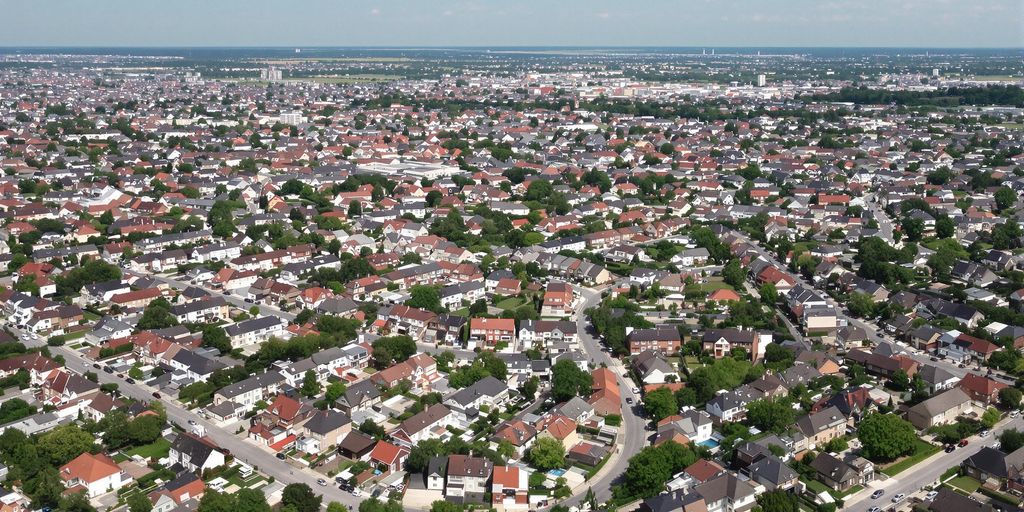South Florida’s once-scorching housing market is experiencing a significant cooling, marked by declining sales and a notable increase in available inventory. This shift, driven by factors like higher interest rates and new condo regulations, signals a rebalancing of the market after years of rapid growth.
Market Slowdown Across South Florida
The residential real estate market in South Florida, encompassing Miami-Dade, Broward, and Palm Beach counties, has entered a prolonged slump. In May, the dollar volume of sales across these three counties fell to $5.6 billion, down from $6.1 billion in the same period last year. This trend reflects a broader market rebalancing, with sales in Miami-Dade County dropping by 20% year-over-year, and condo sales specifically seeing a 25% decline. Broward County, home to Fort Lauderdale, experienced an 18% decrease in sales, with condo closings down by 24%.
Key Takeaways
- Declining Sales: Overall home sales have seen a significant year-over-year drop across major South Florida counties.
- Rising Inventory: The number of homes for sale has increased, particularly in areas like Fort Lauderdale, reaching levels not seen since the 2007-2012 crash.
- Condo Market Struggles: Condo sales have been hit particularly hard due to new regulations following the Surfside collapse, increased fees, and financing challenges.
- Interest Rate Impact: High mortgage rates continue to deter buyers, especially those relying on financing.
- Market Normalization: Experts describe the current slowdown as a normalization after the pandemic-induced surge, with sellers needing to adjust prices to meet market realities.
Condo Market Faces New Challenges
The condominium market has been particularly affected by new legislation enacted after the 2021 Surfside condominium collapse. These regulations mandate structural inspections and require homeowner associations to fund reserves for maintenance. Consequently, older condo units are becoming harder to sell, with some owners facing special assessments and increased fees. This has led to an increase in condo listings, with inventory in Broward County for condos climbing 36.5% year-over-year. Despite this increase, condo inventory remains below pre-pandemic levels.
Inventory Growth and Buyer’s Market Potential
Across South Florida, the total number of active listings has risen, indicating a shift towards a buyer’s market. In Broward County, total active listings increased by 35.9% in May. Fort Lauderdale, in particular, has seen a significant rise in inventory, with 9.84 months of supply in February, the highest since the 2007-2012 crash. This growing inventory provides buyers with more options and negotiation power, although high prices and mortgage rates remain significant hurdles.
Price Trends and Future Outlook
While sales have declined, median home prices have shown mixed trends. In Miami-Dade, the median price for a single-family home saw a 4% increase year-over-year, but sales volume decreased. In contrast, Broward County’s single-family home prices remained flat annually. Palm Beach County has also seen a decline in sales, with prices stabilizing. Experts anticipate a continued slowdown in price growth, with some markets potentially seeing price drops. The market is characterized by a divergence between luxury properties, which remain resilient, and the struggling middle market, especially condos. The overall sentiment is one of market normalization, moving away from the extreme seller’s advantage seen in recent years.
Sources
- South Florida’s residential market is in a months-long slump, New York Post.
- Greater Fort Lauderdale Area Residential Sales Dive 18 Percent Annually in May, The World Property Journal.
- South Florida home prices edge down, condo sales keep dropping, WLRN.
- South Florida’s Housing Market Gets ‘Troubling Sign’, Newsweek.


